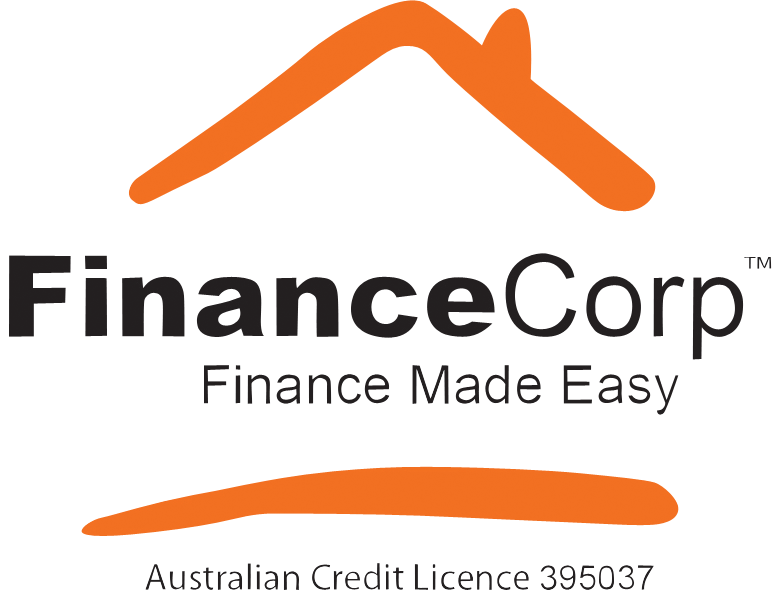There are many types of asset finance available to businesses, each with its own advantages and disadvantages. There are various forms of asset finance available. Businesses that need high-cost equipment – vehicles, machinery, IT systems – usually don’t have the cash on hand to make the purchases. One option is to take out a commercial loan to get the funding needed to purchase the equipment outright.
In this article, we will explore some of the most common types of asset finance and their pros and cons.
1) Finance Lease
A finance lease, or operating lease, is a type of asset finance where the lessor (the business leasing the equipment) pays all the costs of owning the equipment, including interest, depreciation and maintenance.
The lessee (the business using the equipment) makes lease payments, which cover the cost of using the equipment with a portion of the lease payment going toward the cost of owning the equipment. It is a very popular form of asset finance because it allows businesses to get expensive equipment for little or no upfront money.
2) Novated Lease
A novated lease, otherwise known as an “Employee Lease,” is a form of asset finance that is specifically designed for small business owners and their employees.
With a novated lease, the leasing company (normally a broker) charges the business owner a fee for the use of the equipment. The fee is then used to pay for the lease payment, giving the employee the advantage of paying little or no money upfront.
3) Hire Purchase
Hire purchase is a type of asset finance where the lessee (the business) can acquire an asset by paying for it in instalments. Each instalment is called a “payment”, and the lessee is allowed to use the equipment during the payment period.
The most common type of hire purchase is the “instalment sale”, which is commonly used by car dealerships to sell new cars to customers. There are two differences between a hire purchase and a standard sale: the seller will often take back the equipment in the event that the lessee defaults on payments, and sales tax will be charged on the purchase price.
4) Operating Lease
An operating lease is a type of asset finance that is similar to a finance lease, with the main difference being that the lessee is only responsible for the operating costs of the equipment in an operating lease.
Operating leases are generally used by businesses that have a low turnover of equipment because they are usually more expensive than finance leases.
5) Chattel Mortgage
A chattel mortgage is a type of asset finance where the borrower (the business) gives the lender security over the equipment being financed. If the borrower defaults on the loan, the lender can take possession of the equipment and sell it to recover the money owed.
The equipment can be repossessed at any time, making chattel mortgages a risky form of finance. For this reason, chattel mortgages are almost always offered at a very high rate of interest.
Conclusion
As you can see, there are many different kinds of asset finance you can use to help your business grow. The best way to avoid the risks of asset finance is to remember that the mortgage holder has legal ownership over the equipment at all times.
Talk to the professionals at FinanceCorp about your financial future. We will help you with asset finance in Perth and improve your portfolio. Get in touch with us today to learn more.
All of the Finance Managers at FinanceCorp are fully qualified, trained and experienced mortgage professionals who live and breathe finance.
